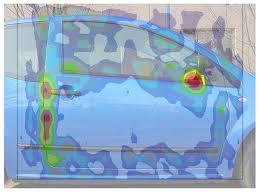See all
-
15 Apr 2024Mining and MetalsGeochemistry Part I: What is metal leaching and acid rock drainage (ML/ARD), and how does it occur?
-

Todd McCracken
Department Manager | Mining and Geology
-
-
25 Mar 2024Mining and Metals
What we know about processing nitrogen compounds in mining effluents
-
-
04 Mar 2024Other industriesOptimizing solutions for air quality and acoustics in industrial settings
-
-
29 Feb 2024Power and RenewablesAn integrated and strategic approach to decarbonize industrial compagnies
-

Stéphane Charest
Vice-president, Energy and Chemicals Market
-








